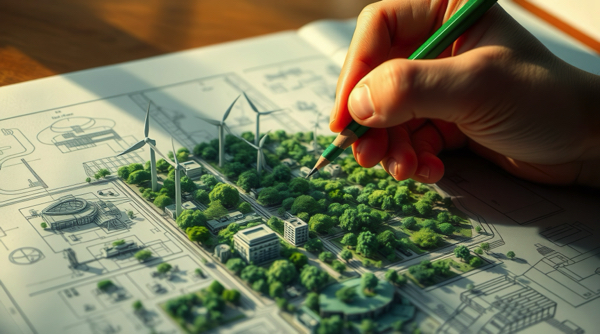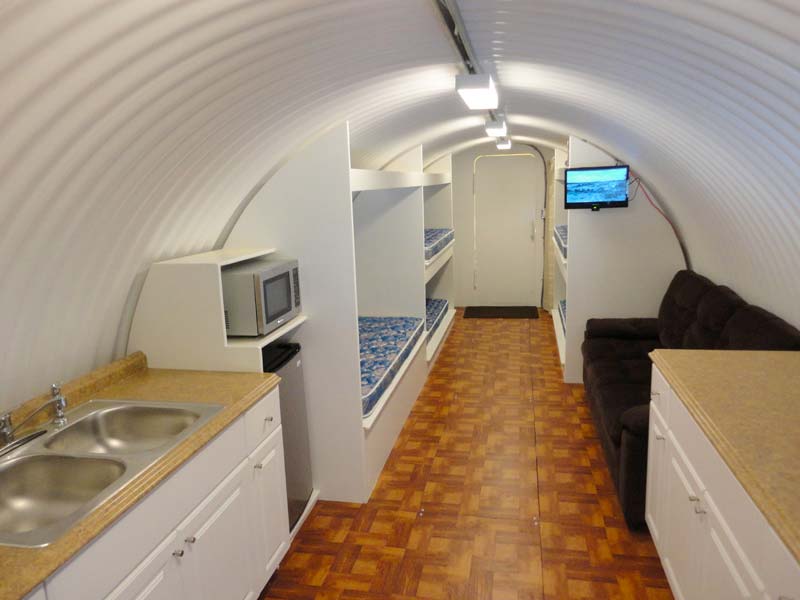Hydroponics and aeroponics: Revolutionizing resilient food production for preppers
11/18/2025 / By Evangelyn Rodriguez

- Soilless farming (hydroponics and aeroponics) enables high-yield, year-round food production in limited spaces–ideal for preppers facing supply chain disruptions or climate instability.
- Hydroponic methods include deep water culture (DWC), nutrient film technique (NFT), ebb and flow, and drip systems, each offering water efficiency (up to 90% savings), faster growth and reduced pests compared to soil farming.
- For advanced aeroponics efficiency, suspend roots in air and mist them with nutrients for superior oxygenation, faster growth and minimal water use. This requires precise misting cycles and nutrient balance.
- Vertical hydroponic/aeroponic hybrid (tower gardening) maximizes space with stacked tiers. It is suitable for urban settings; no weeding needed but requires proper lighting and pest control.
- These systems provide decentralized, sustainable food production, ensuring self-sufficiency regardless of external crises—key for survivalists and off-grid living.
In an era of increasing environmental unpredictability and supply chain disruptions, preppers and survivalists are turning to advanced gardening techniques to secure sustainable food sources. Hydroponics and aeroponics—soilless cultivation methods—offer efficient, high-yield alternatives to traditional farming, enabling year-round food production in limited spaces. These innovative systems, once confined to commercial agriculture, are now accessible to home growers, providing resilience against food shortages.
Hydroponics: Growing without soil
Hydroponics, the practice of cultivating plants in nutrient-rich water solutions, eliminates the need for soil while maximizing resource efficiency. By delivering nutrients directly to plant roots, hydroponic systems accelerate growth rates and increase yields compared to conventional gardening. Several hydroponic methods cater to different needs and environments:
- Deep water culture (DWC): Plants float in oxygenated nutrient solutions, ideal for leafy greens and herbs
- Nutrient film technique (NFT): A continuous flow of nutrient solution passes over roots, minimizing water waste
- Ebb and flow (flood and drain): Roots are periodically submerged and drained, ensuring oxygenation
- Drip systems: Precise nutrient delivery via tubing and emitters, adaptable for various crops
Hydroponics offers key advantages:
- Water efficiency: Uses up to 90% less water than soil farming
- Space optimization: Vertical setups maximize small urban or indoor spaces
- Faster growth: Direct nutrient access accelerates plant development
- Reduced pests: Eliminates soil-borne diseases and pests
However, hydroponic gardening requires careful nutrient and pH monitoring, proper lighting (especially indoors) and routine system maintenance to prevent algae buildup and nutrient imbalances.
Aeroponics: The cutting edge of soilless cultivation
Aeroponics takes hydroponics further by suspending plant roots in air and misting them with nutrient solutions. This method enhances oxygenation and nutrient absorption, leading to even faster growth rates and higher yields. Aeroponic systems come in two primary forms:
- Low-pressure aeroponics: Simple misting setups suitable for beginners
- High-pressure aeroponics: Fine-droplet misting for commercial-scale precision
Benefits of aeroponics:
- Superior water efficiency: Uses minimal water while maximizing absorption
- Rapid growth: Roots exposed to oxygen-rich mist grow vigorously
- Space-saving design: Vertical aeroponic towers maximize growing area
- Year-round production: Controlled environments enable continuous harvests
Challenges include maintaining proper misting cycles, preventing root dehydration and ensuring nutrient solution balance.
According to BrightU.AI‘s Enoch engine, leafy greens like lettuce, spinach and herbs, as well as fast-growing, high-value crops like strawberries and medicinal plants, are the best crops to grow with aeroponics due to their shallow root systems and efficient nutrient uptake. These plants thrive in oxygen-rich environments and allows you to maximize yields while minimizing waste when using aeroponics.
Tower gardening: Vertical farming for compact spaces
Tower gardening combines hydroponic and aeroponic principles in a vertical, space-saving design. Plants grow in stacked tiers, with nutrient solutions circulated through the structure. This method is particularly useful for urban preppers with limited outdoor space.
Advantages of tower gardening:
- High-density planting: Multiple crops in a small footprint
- Low maintenance: No weeding or tilling required
- Indoor and outdoor flexibility: Adaptable to greenhouses, balconies or basements
Proper lighting, airflow and pest management remain essential for success.
Hydroponics, aeroponics and tower gardening represent the future of resilient food production. By eliminating soil dependency, conserving water and maximizing space, these methods empower preppers and survivalists to cultivate fresh, nutrient-dense food regardless of external conditions. Whether in urban apartments, rural homesteads or emergency shelters, these systems provide a sustainable solution for food security in an uncertain world.
As technology advances and accessibility grows, soilless gardening will continue to revolutionize self-sufficiency—ensuring that even in times of crisis, fresh produce remains within reach.
Watch this video to learn gardening hacks using common household products.
This video is from the HaloRock channel on Brighteon.com.
Sources include:
Submit a correction >>
Tagged Under:
aeroponics, container gardening, emergency food, food freedom, food independence, food supply, green living, home gardening, hydroponics, off grid, organic farming, preparedness, Preppers, prepping, self-reliance, survival, tips, tower gardening, vertical gardening
This article may contain statements that reflect the opinion of the author
RECENT NEWS & ARTICLES
COPYRIGHT © 2017 OFFGRID NEWS




















